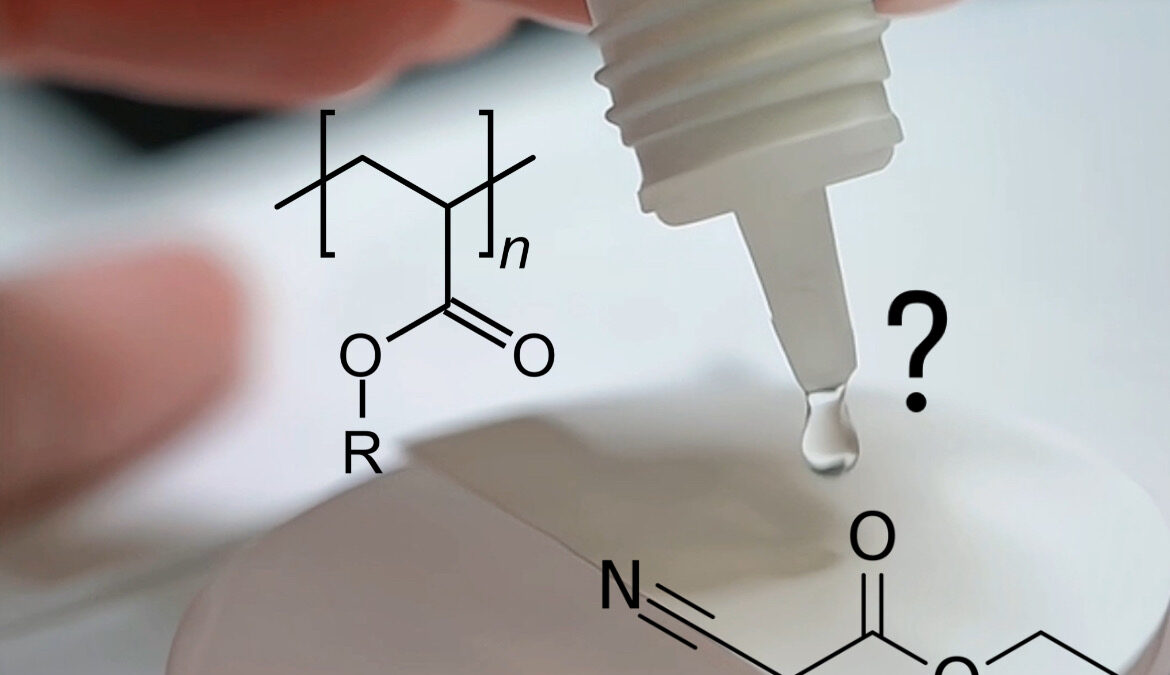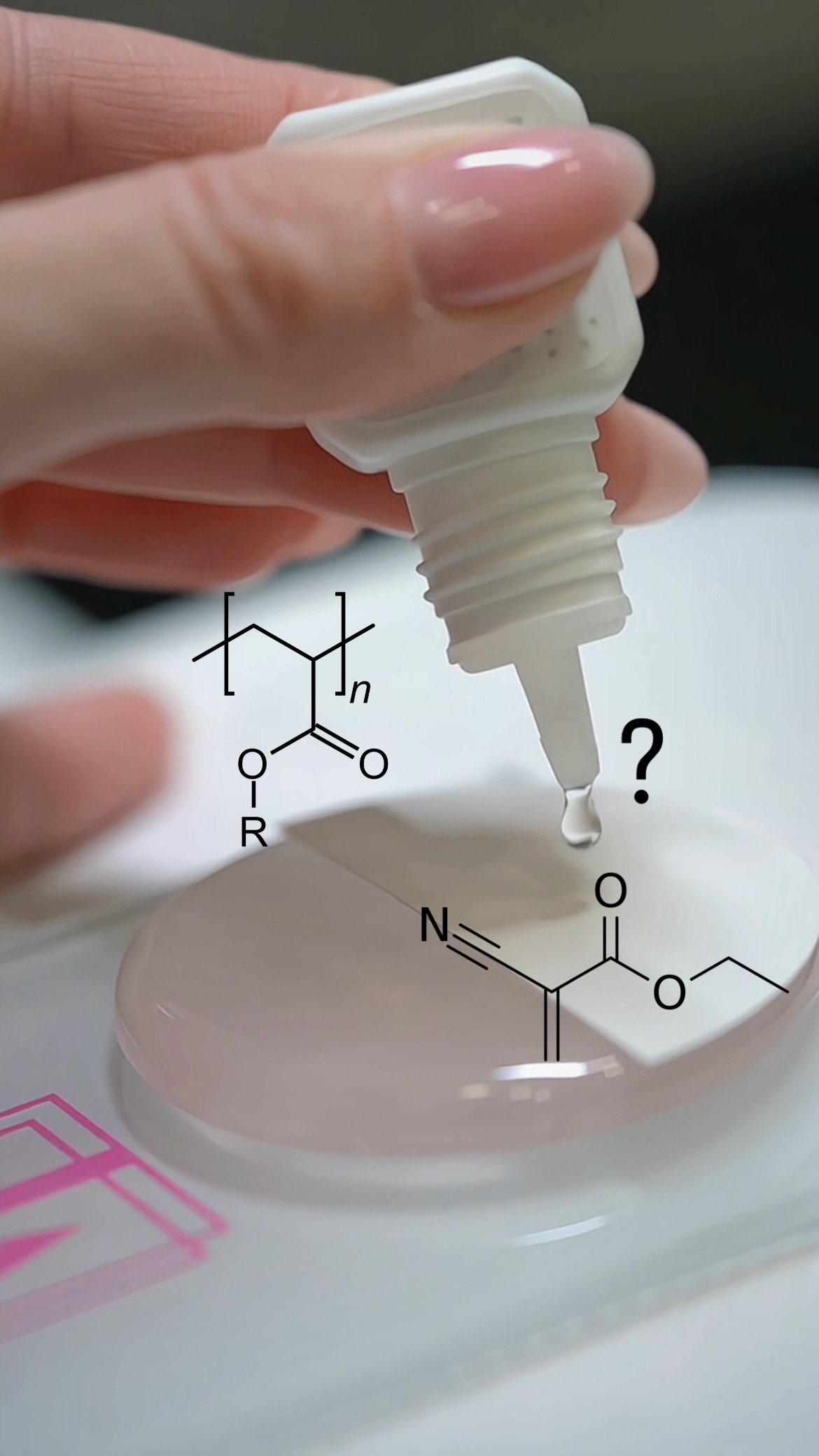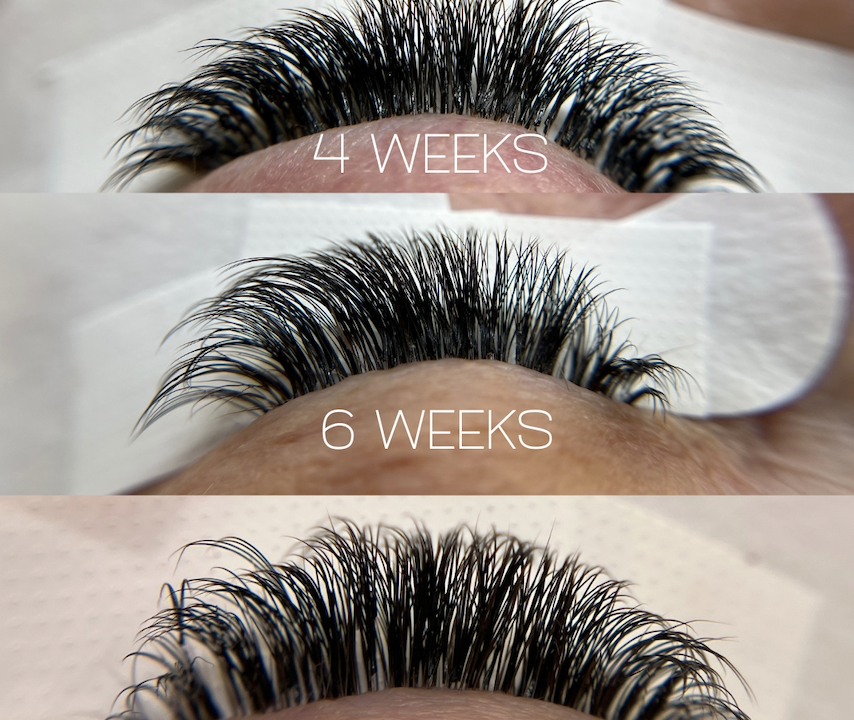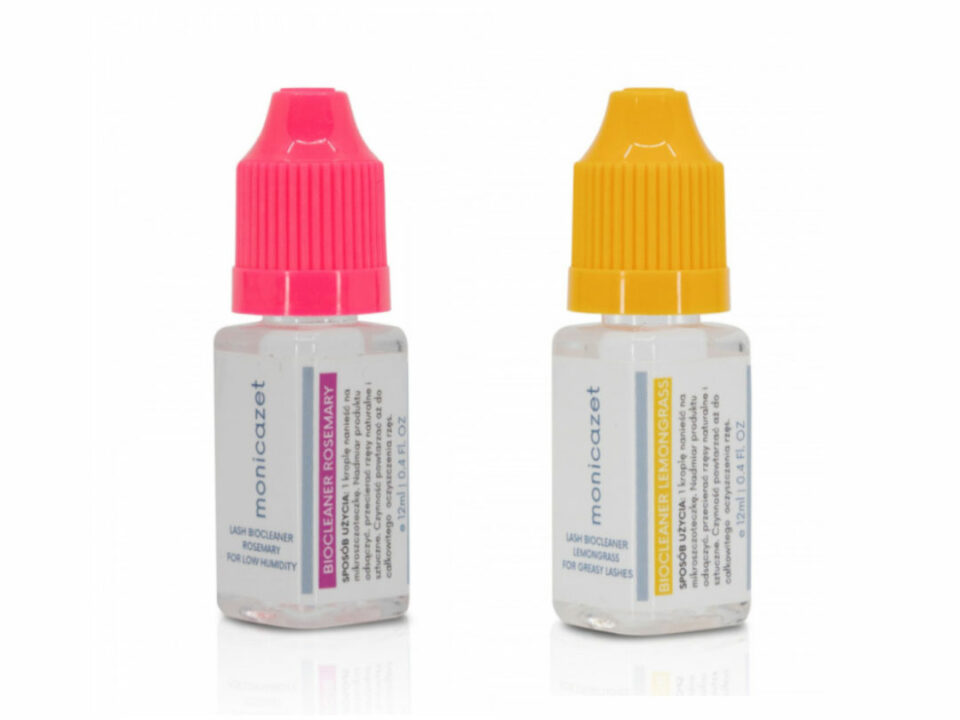Choosing lash adhesive can be tricky because the first thing that comes to a person’s mind is sadly, if the glue is strong enough to hold onto natural lashes for the longest time and not how toxic it is for you and your clients. The truth is the glue does not work for you, it works with you and for that, you need to know how to help your glue perform the best possible retention, so that you can provide 6 weeks of retention to your clients without seeing gaps in their style.
Your client suffering from lash extension chemical allergy, maybe you too notice the first sign of respiratory issues after working with your lash adhesive? We are about to enter a new era in the lash extensions industry because we no longer choose our adhesive in regards to the speed of your work and its drying time. We need more answers to the problems we face with the variety of lash adhesives. If you are curious about the chemistry behind lash adhesives, I urge you to read and start asking critical questions.
Sadly, I must say I am excited to share with you my long, painful, and dangerous journey working with poor-quality cyanoacrylate-based adhesives and zero knowledge about chemical protocols in the workspace, but I will keep it for the next blog. With what I know today, I will forever change the way you look at lash adhesives and I hope this knowledge will give you more courage to ask more questions before you want to buy anything available or amazing promoted.
Today we have two types of adhesives available on the market, cyanoacrylate and polyacrylate both come from the same family of acrylates but function differently (just because they come from the same family doesn’t mean they all are formulated equally). Cyanoacrylate is the adhesive we see most on the market, I think it’s inevitable, that this is going to change – the knowledge about chemicals is evolving, thankfully no longer from Asian manufacturers but locally educated chemists in that field.
The vast majority of lash adhesives that are available on the market today contain only one ethyl cyanoacrylate which makes the adhesive very unstable and less durable. To close that gap, manufacturers add something I call “toxic stuffers” such as N-methyl pyrrolidone (NMP), PolyIsocyanate, and Phthalic anhydride, making adhesive perform like quality cyanoacrylate adhesive would do, the only difference is, that these cheap yet effective stabilators are one of the most dangerous toxins to human bodies as they react on living tissue, they’re carcinogens and cause chronic illness.
So if I was to choose what cyanoacrylate adhesive would be the best to work with, it would be the one free from toxic and cheap stabilators, and ones that are cross-linked and stabilized with quality ingredients and integrity.
CHALLENGES IN WORKING WITH CYANOACRYLATE ADHESIVES
Cyanoacrylate has high vapor pressure and low water solubility, its polymerization process depends on bonding through enough moisture on the natural lashes and a specific level of humidity in the air. If that wasn’t difficult already, it also depends on the adjusting temperature and air density. This makes it difficult to constantly manage the condition for this adhesive to bond strongly and quickly onto the natural lashes throughout the appointment. Even a 5% humidity and 1 degree Celsius difference will impact the way your adhesive behaves and works with you. It is therefore much easier for errors to occur in the form of poor retention.
I’ve had the very beginners in lashes switch from cyanoacrylate to polyacrylate adhesive and all of them said they can manage the application much easier and less stressful.
I am emphasizing working with polyacrylate adhesive because it allowed me to come back to be able to perform client appointments and teach students. Unfortunately, when I was starting, no one taught me about the toxic chemicals lash adhesives were stuffed with so not only was I working with heavy toxins that were constantly making me sick for 7 years straight, but also developed an allergy strictly to cyanoacrylate, affecting my lungs, giving me short breath and intake of medication. Any other infections in my body specifically lung infections, take a much harder hit on me than ever before.
Is cyanoacrylate adhesive bad for you?
Yes and no. If you choose to work with it, make sure you know how quality cyanoacrylate is formulated, if there are toxic additives added, implement chemical safety protocols within your workspace, and never neglect to provide the exact humidity and temperature for cyanoacrylate based adhesives to dry quickly.
Cyanoacrylate adhesives are simply so much more difficult to work with in comparison to polyacrylate because polyacrylate adhesive does not depend on bonding with moisture so all you need to do it just to adjust your temperature. Click here to read more about cyanoacrylatefree adhesive.
To sum it up, investing in the right knowledge about the chemistry of your adhesive is like investing in your lungs and other organs we do not think about daily, but one day they might not be able to function.
As of today, none of the lash adhesive effects on the human body have been studied, but I think we already have enough affected lash artists suffering the consequences. Moving forward, choose wisely. You own it to yourself and your clients.
In the next blog post, we will break down why polyacrylate is not more toxic than cyanoacrylate, stay tuned!







